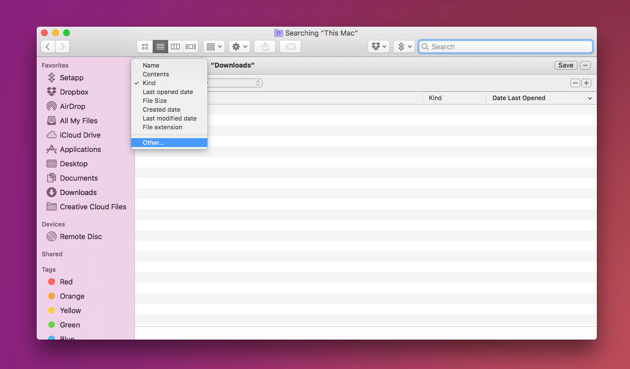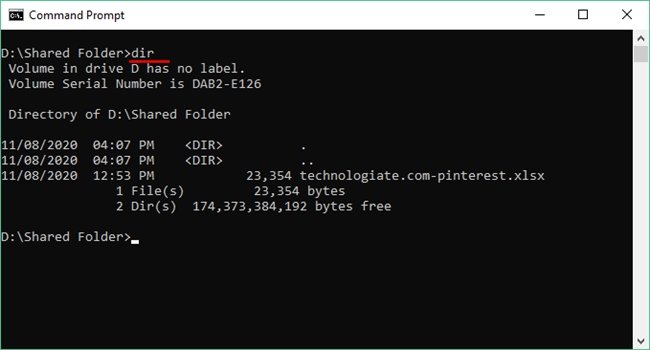
If you can’t see your recently uploaded or downloaded files in Finder, try checking your search settings.
FIND ANY FILE COMMAND MAC HOW TO
Finder is as old as Mac itself, and there’s a reason it’s hard to replace it. Go to the menu bar > press File > choose Find at the very bottom of the drop-down menu. How to use the Finder to find files on your Mac. But if you have a great app like Finder, things become a little easier. Organizing your files can be quite a chore.
png /These steps should make your greyed-out files and folders go back to normal. Delete multiple files without any confirmation.

FIND ANY FILE COMMAND MAC FULL
But you can change it to anything you want. The Unix find command shows the full path of matching files, wherever they exist on disk. any parameter that takes a numeric value like -atime.

The Unix find command shows the full path of matching files. You can use the Terminal application to fix this problem as well. Spotlight should let you find nearly any file you create or store in macOS with ease, but it doesn’t always work that way. For files, you’ll need to include the extension in the command, such as. For example, let’s search for a folder: mdfind testfolder. Like the find command, Terminal will help you find file and folder locations on a Mac and print the exact path. The u flag sets the permissions for the file owner, g refers to the user group, while o. Use the mdfind command to search for files and folders. To remove all existing permissions, set read and write access for the user while allowing read access for all other users, type: chmod urw,gr,or file.txt. A lot of things can cause this, like a wrong file system entry or even a power outage. Another way of performing this task is by using the macOS Terminal app, which gives you text-based access to the computers operating system. To set file permissions, you’ll use the chmod command at the terminal. Type ls and press the Return key, and you’ll see the folders (and/or files) in the current directory.This problem occurs when Mac detects an error and resets the date to January 24, 1984, the date of birth of Macintosh computers. To do that you use the ls (or list) command. The find command will search for the specified files in all of your computers directories. While you’re there-or when you’re in any folder ( directory in Unix-speak)-you might want to know what’s in it. Although both commands have the same function, they work differently. With the Command Prompt opened, you’re ready to find and open your file.
FIND ANY FILE COMMAND MAC PC
First, open the Command Prompt on your PC by typing cmd in the Windows Search bar and then selecting Command Prompt from the search results. When you first get to the command line, you’re in your home folder. It’s just as easy as navigating through and opening a file in File Explorer.



 0 kommentar(er)
0 kommentar(er)
